24/11/2023
Manual vs. automatic transmission: Which one’s better for you?
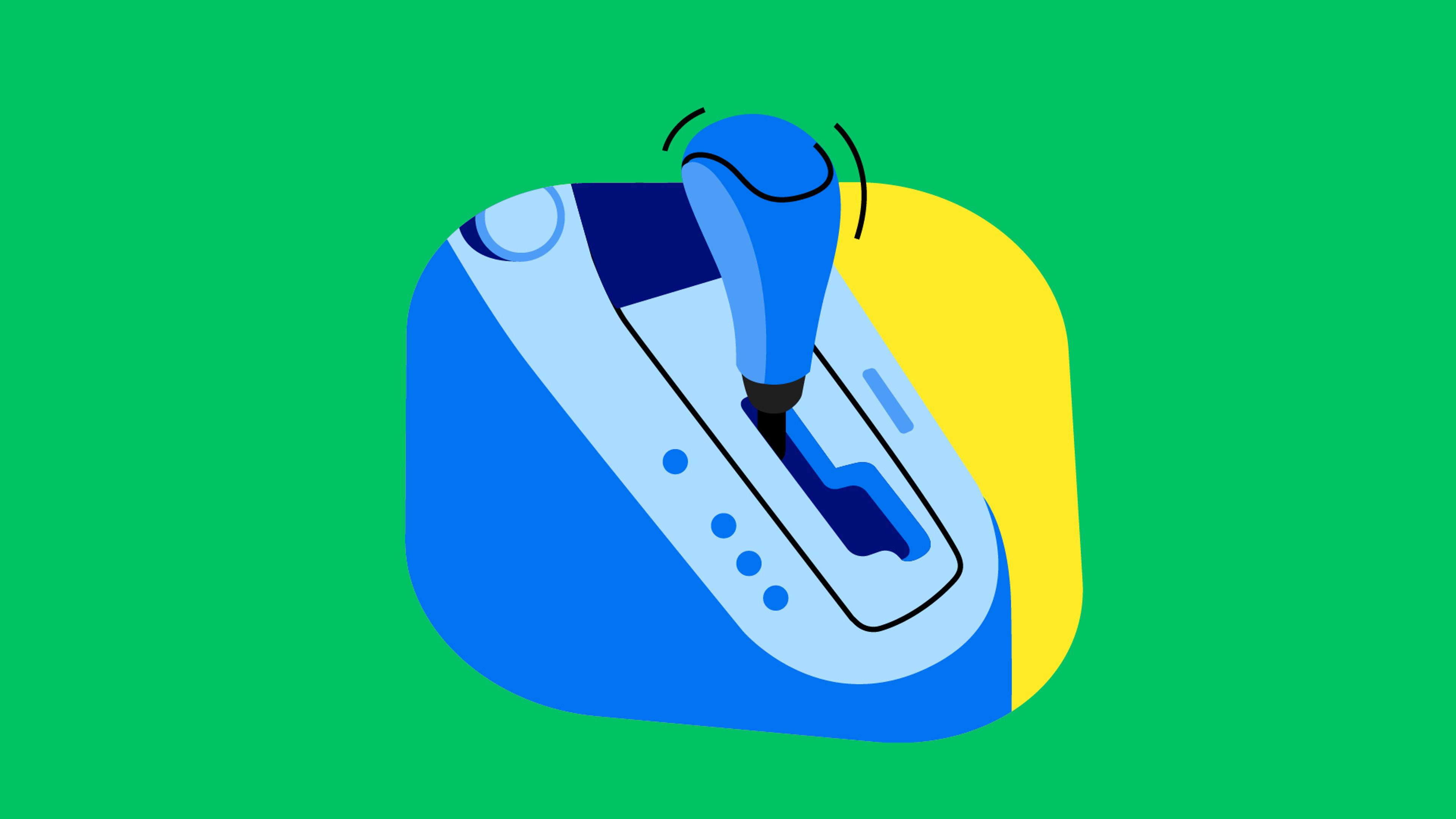
Manual or automatic transmission? A classic rivalry. The transmission type plays a significant role in your overall driving experience. Each option has its advantages and drawbacks, so it’s an important decision to make before buying a new car.
Let’s delve into the workings of manual and automatic transmissions, comparing their differences, features, and benefits to help you make an informed decision for your next journey on the road.

Looking for a reliable car?
A well-maintained and undamaged car is the most reliable! Check any VIN code to make sure you're not buying a wreck:
What is a car transmission?
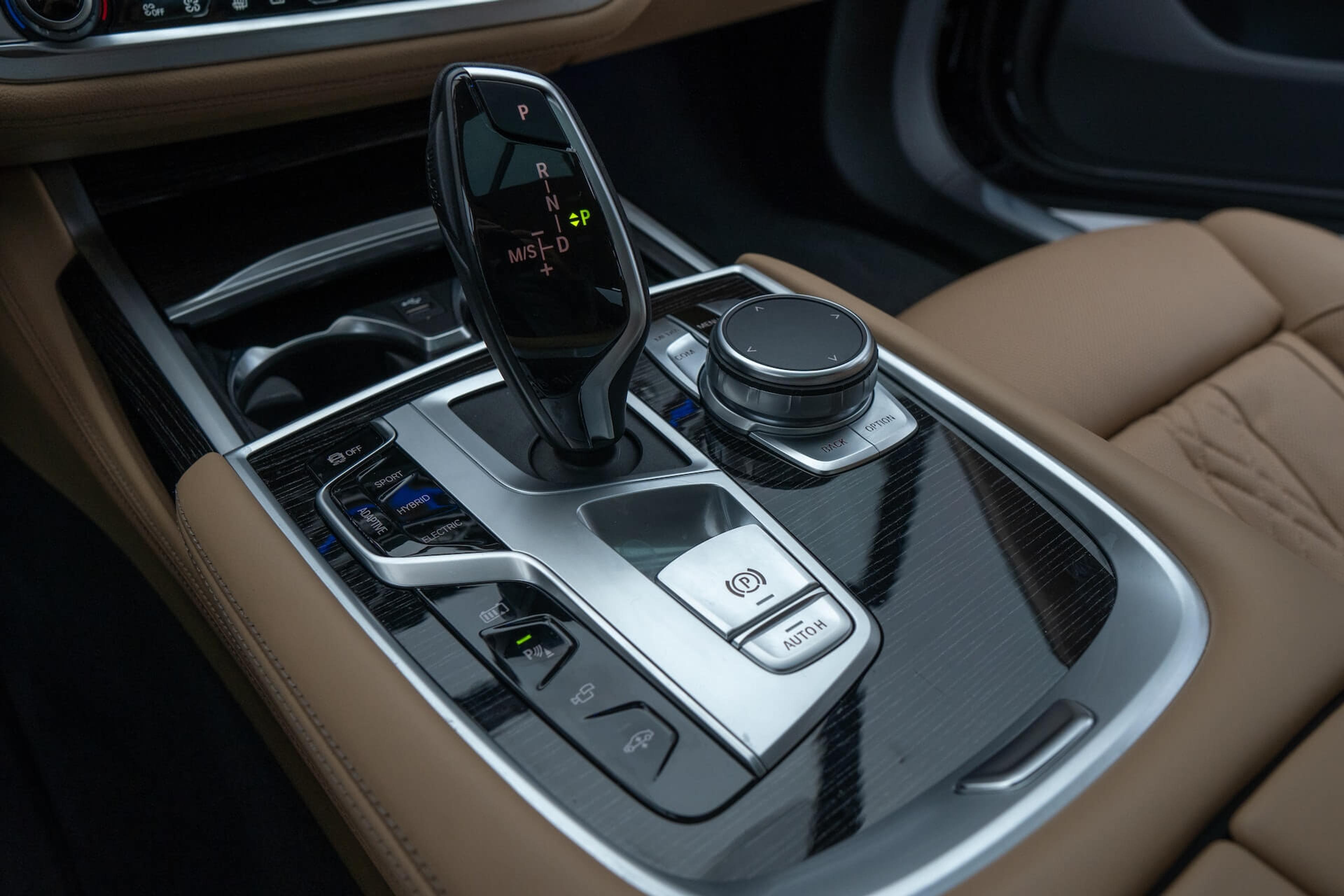
A transmission, often referred to as a gearbox, is a critical component of any motor vehicle. Its primary function is to transmit power from the engine to the wheels, allowing the car to move at different speeds and handle various driving conditions.
Without a transmission, car engines could potentially destroy themselves, as the vehicle wouldn’t be able to harness the engine’s speed, leading to overheating or shaking until it falls apart.
Main types of transmissions and how they work
Two main transmission types found in modern vehicles are manual and automatic transmissions. The latter can also be divided into several kinds, such as semi-automatic transmission, continuously variable transmission (CVT), tiptronic, dual-clutch (DCT), or torque converter transmission.
The choice between manual and automatic transmissions comes down to personal preferences, driving style, and specific driving conditions. If you’re still not sure which one is right for you, let’s learn more about each of them.
Manual transmission
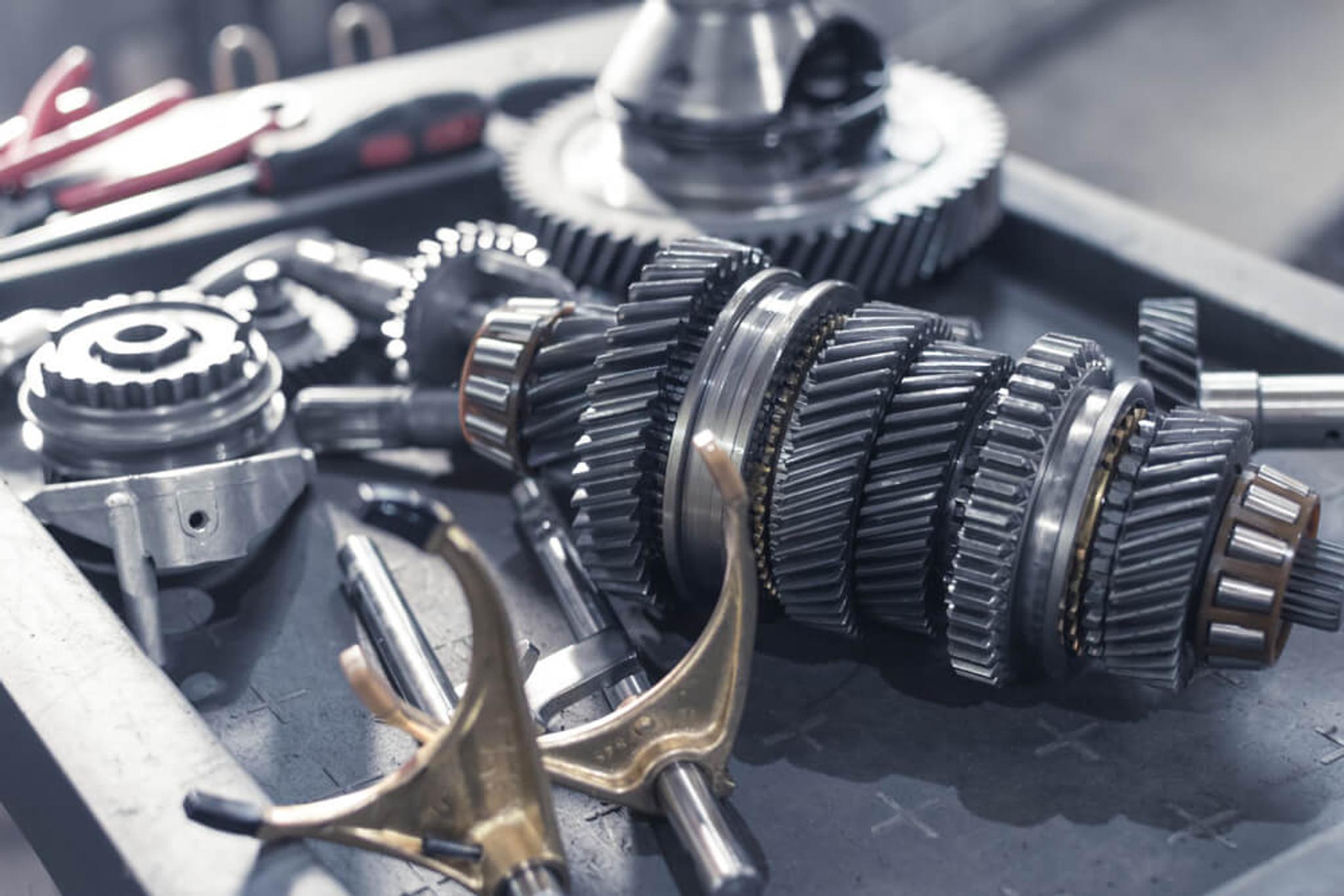
Depending on where you live, you may have heard different names for manual transmission. Generally, it’s also called a manual gearbox, while in some regions, people refer to it as a standard or stick shift transmission.
When driving a car with a manual transmission, drivers are required to operate the gear stick and clutch themselves.The process generally looks like this:
1.By pressing the clutch pedal, the driver disengages the engine’s power from the transmission to smoothly change gears without causing damage.
2.The driver then uses the gear lever to select the appropriate gear.
3.After selecting a gear, the driver gradually releases the clutch pedal, reconnecting the engine’s power to the transmission.
4.Power from the engine is transmitted to the wheels through the transmission.
The driver repeats the process as much as needed as the vehicle’s speed and engine load change during traveling.
Automatic transmission
Unlike the manual transmission, the automatic transmission does not require any input from the driver to change gears – the transmission changes them automatically based on driving conditions. This is why many drivers don’t really know how the automatic transmission works.
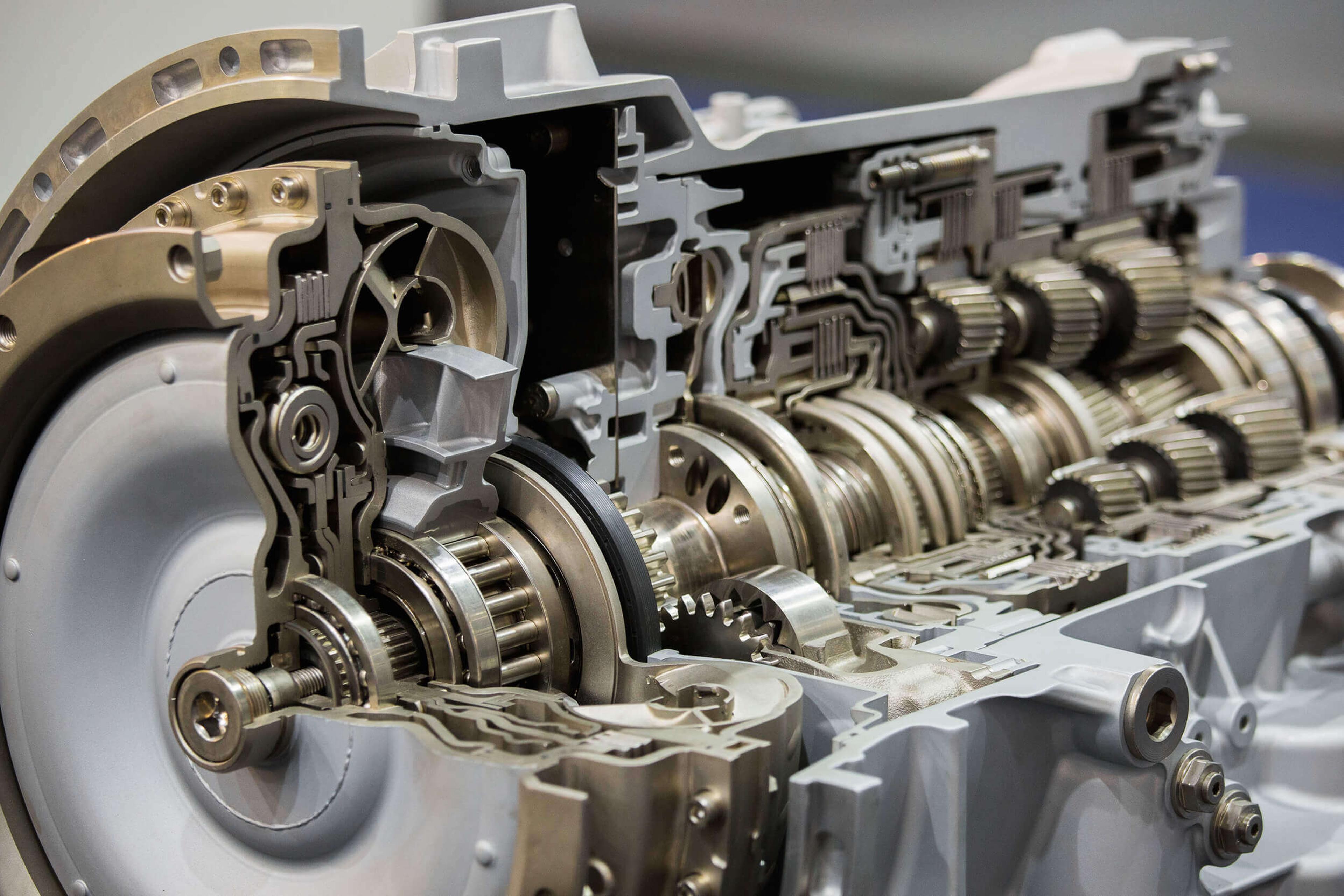
Broadly speaking, this is what generally happens when an automatic transmission changes gears:
1.The engine, which is connected to the transmission with the torque converter, sends power to its pump.
2.The pump uses pressurized transmission fluid to send power to the torque converter’s turbine.
3.The turbine can then transmit the fluid back to the pump via the stator, which multiplies the power of the transmission fluid and sends more power back to the turbine.
4.This creates a vortex power rotation inside the torque converter that spins the turbine and the attached central shaft.
5.The spinning shaft sends power to the transmission’s first planetary gear set as the turbine spins.
6.Planetary gearsets, which are used to manage gear rations, determine the amount of power the transmission sends to the rest of the drive train.
Pros of a manual transmission
It may sound like a manual transmission is just an unnecessary hassle. However, besides giving you more control over your vehicle, driving a car with a manual transmission does have several other benefits.
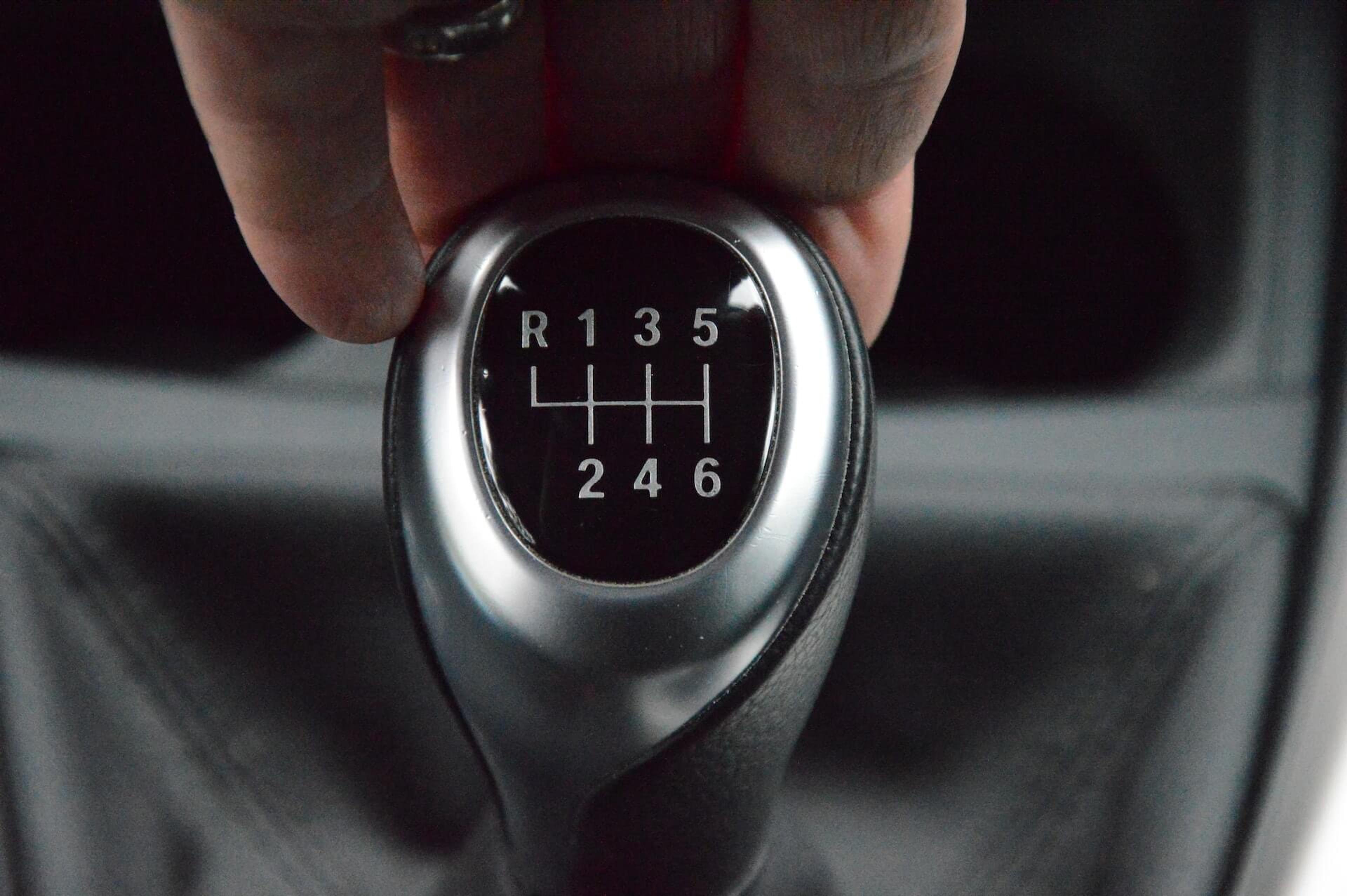
- More engaging and fun. Many drivers like the feeling of having control over when to shift gears. Compared to an automatic transmission, this gives you more to do on the road, leading to a more engaging and enjoyable ride.
- Better fuel efficiency. Skilled drivers who know how to optimize gear changes can extract a better mileage from their cars. However, with the technological advancements in automatic transmissions, the difference in fuel efficiency has become less significant.
- Lower cost and easier maintenance. Manual transmissions are less complex and usually have no electronic components, making them less expensive to manufacture. They're also easier (and cheaper) to repair.
- More reliable. Less complexity also means manual transmissions are less likely to malfunction.
- Can be towed. Towing automatic transmission cars without lifting the driven axle can damage the engine. This is because they generally use a motor-driven pump for lubrication (which is off when the engine is off).
Pros of automatic transmission
Vehicles with automatic transmissions are already very popular among a wide range of drivers, especially those maneuvering in the cities. In fact, more than 97% of drivers in the US drive automatics, according to CarMax.
What are the key reasons people choose automatic transmissions?

- Ease of use. Instead of using the clutch pedal and gear stick to change gears manually, you simply select “Drive” (or similar mode), and the automatic transmission does all the work for you.
- Comfort in stop-and-go traffic. Driving stick in heavy traffic can be tiring and even annoying. Automatic transmissions do all the work for you, ensuring a smoother ride.
- Safer in emergencies. In situations that require quick decision-making, not having to worry about shifting gears can make a huge difference.
- Advanced technologies and features. Many automatics come with advanced features that can help enhance the driving experience. For instance, some offer a sport mode that alters shift points to provide more aggressive acceleration. Others come with off-road modes, optimizing performance on more challenging terrain. Granted, an experienced driver can do all of this on a manual transmission.
Which one should you choose – manual or automatic?
When it comes to choosing manual or automatic transmission, there’s no universal answer to which one is better for you. Essentially, it all comes down to this:
- Your driving habits and preferences. Think about what you like the most about driving and how you see your daily commute and travels using a particular transmission. Do you seek to engage with the car or want gear shifting out of your hands?
- Your experience level. Automatics are easier to learn and operate. Therefore, if you’re a new driver who lacks confidence, an automatic transmission might be a better choice, allowing you to focus on the road.
- Road conditions and driving environments. Different transmission types can affect how well you navigate various road conditions, so it’s important to consider this before choosing one. Maybe you’ll be driving on steep hills, off-road trails, or slippery surfaces? Or do you prefer driving in the city and rarely hit the highway? In each case, choosing the right transmission can make your life easier.
- Budget constraints. Manual transmission vehicles are often less expensive to purchase upfront and may have lower maintenance costs. Therefore, a manual transmission could work fine if you have a tight budget and no specific preferences.

Check your VIN
Avoid costly problems by checking a vehicle's history. Get a report instantly!
